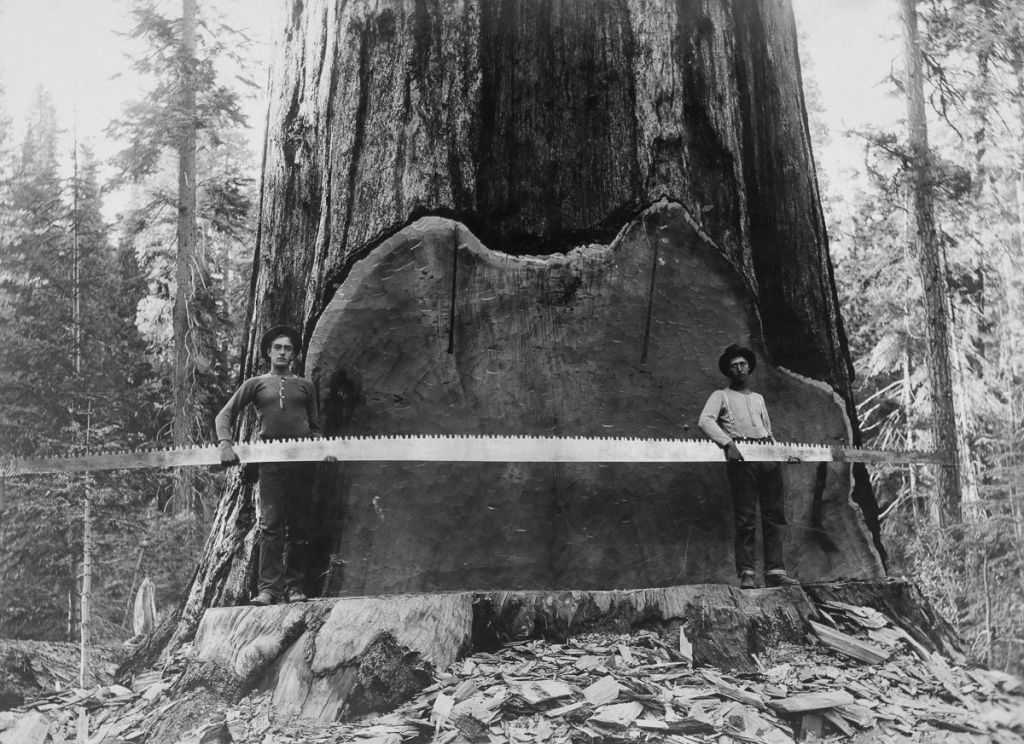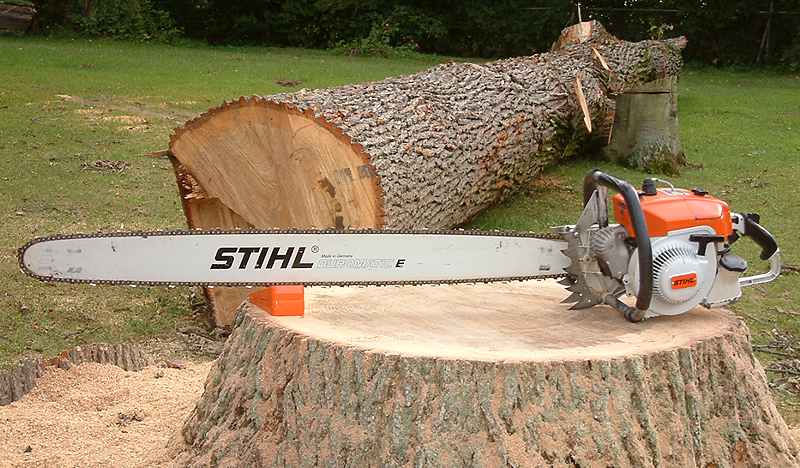IMO this is the same as the firelighting argument
it's great to be able to use friction fire lighting but what's wrong with using matches, lighter or firesteel if the situation demands it?
Again using the fire analagy, it's the difference between making a fire and getting a brew on. if it's the latter use whatever modern means you can as the fire is not the end result but a tool to get there.
bringing it back to wood work. what's important to you?
is it the journey of making something from scratch using only a piece of flint and your teeth or is the finished article the goal?
this can change from project to project of course.
I will sometimes go through the act of making something from scratch and then be happy to cut corners as well.
do what makes you happy
best of luck
it's great to be able to use friction fire lighting but what's wrong with using matches, lighter or firesteel if the situation demands it?
Again using the fire analagy, it's the difference between making a fire and getting a brew on. if it's the latter use whatever modern means you can as the fire is not the end result but a tool to get there.
bringing it back to wood work. what's important to you?
is it the journey of making something from scratch using only a piece of flint and your teeth or is the finished article the goal?
this can change from project to project of course.
I will sometimes go through the act of making something from scratch and then be happy to cut corners as well.
do what makes you happy
best of luck




